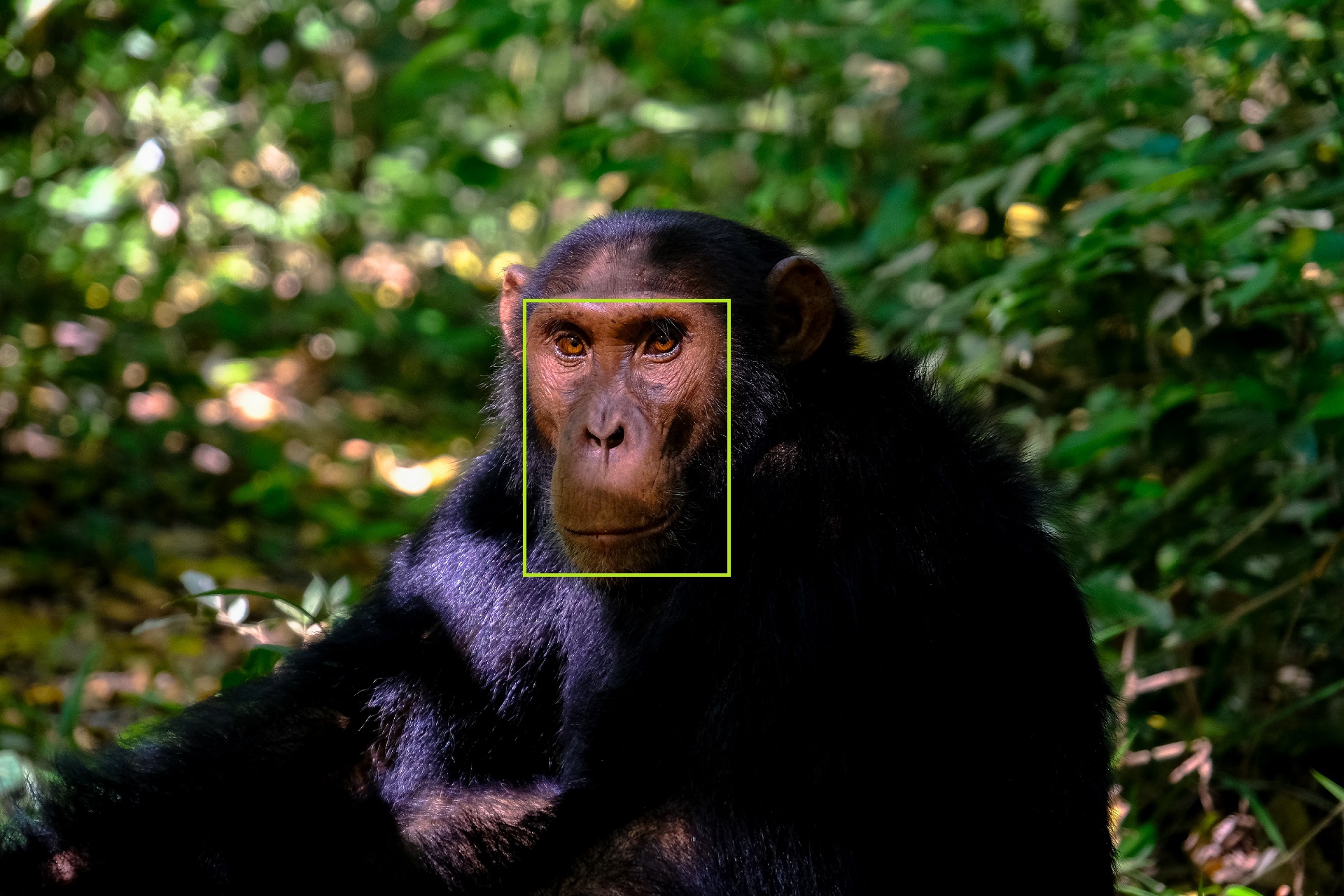Facial recognition, as we well know, can do many weird and wonderful things—identify problem gamblers; find out which citizens have good recycling behaviour; stop toilet paper thieves.
Now, the artificial intelligence (AI) technique is being used to tackle a sprawling, multi-billion-dollar industry: wildlife trafficking.
In particular, the technology is being used to halt the illegal trade of chimpanzees—often conducted through social media sites such as Instagram and Twitter.
ChimpFace, a programme developed by North-American conservationist Alexandra Russo and Senior Technical Advisor Dr Colin McCormick, scans images and videos online to identify whether a chimpanzee is present.
“Over 6,000 great apes [chimpanzees, orangutans, bonobos and gorillas] have been trafficked from the wild since 2005, and a further 30,000 have died in capture-related activities,” explains Conservation X, which shares information on conservation tech projects.
The top-of-the-range facial recognition software can then identify individual chimpanzees and flag up any suspicious activity for a human team to investigate. This could involve finding a chimpanzee for sale on one social media account, then seeing it on a different account six months later—through which conservationists could piece together a criminal network of buyers and sellers.

Credit: ChimpFace
ChimpFace: improved efficiency
What’s important is that this work was previously being done manually. Although chimpanzees do have unique facial features, they’re similar in appearance to the human eye, making it difficult to track the animals through the online trade chain and leading to misidentification errors.
Facial recognition software, on the other hand, does not have this problem.
Russo told The Ecologist that she had the idea for the software after working on Pegas, the Project to end Great Ape Slavery. “I very quickly realised that looking for criminals online was actually incredibly tedious — it’s like looking for a needle in a haystack, among hundreds and thousands of photos on the internet.
“I started reaching out to computer learning experts asking whether developing an algorithm to recognise great apes in images was within the realms of possibility and luckily they said yes.”
To help the software ‘train,’ she worked with nine conservation organisations around the world, including the Jane Goodall Institute, Sweetwaters Chimpanzee Sanctuary and Liberia Chimpanzee Rescue and Protection, which provided photos of captive and wild chimps.
The software then operates in a similar way to image recognition programs used by the police for other crimes—scanning a photo then homing in on a face and checking the image against a database.
Next steps
Russo is adamant that ChimpFace could be used to monitor the trade of live captive chimpanzees, studying wild chimp populations and eventually expanding to include other species—presumably the other great apes.
Her other hope is that a social media company, driven by a wave of interest in AI projects, could simply incorporate ChimpFace into their policing systems.
“The algorithm is still in development, but we’re confident that with adequate support we can build a tool that can detect and disrupt online wildlife trafficking, allowing us to combat these crimes and hold wildlife traffickers accountable,” she says in an explanatory video.

